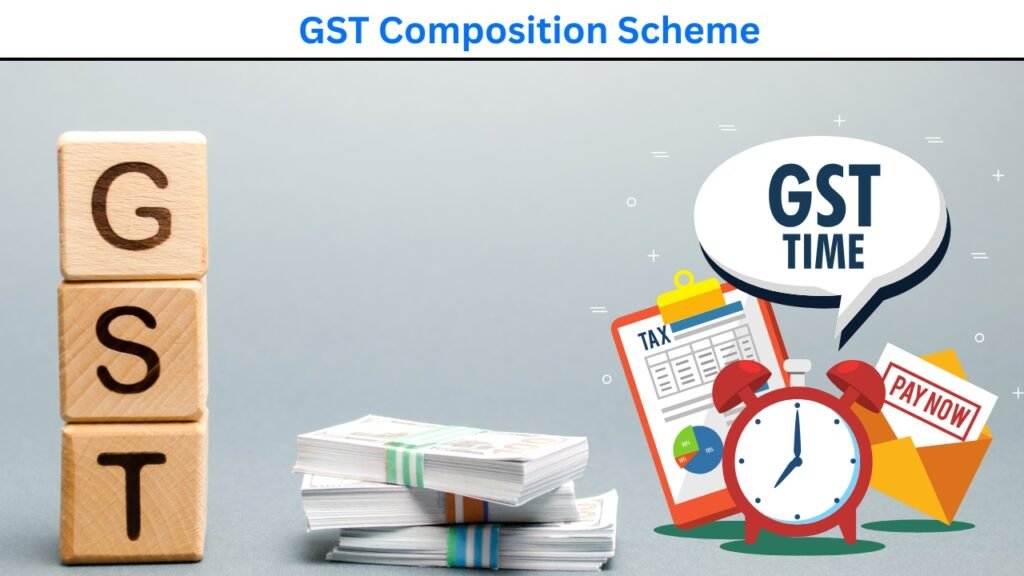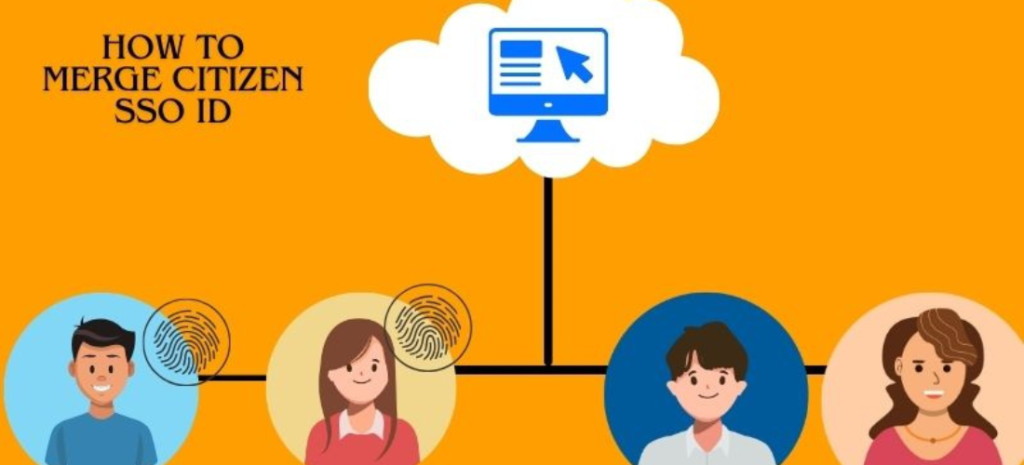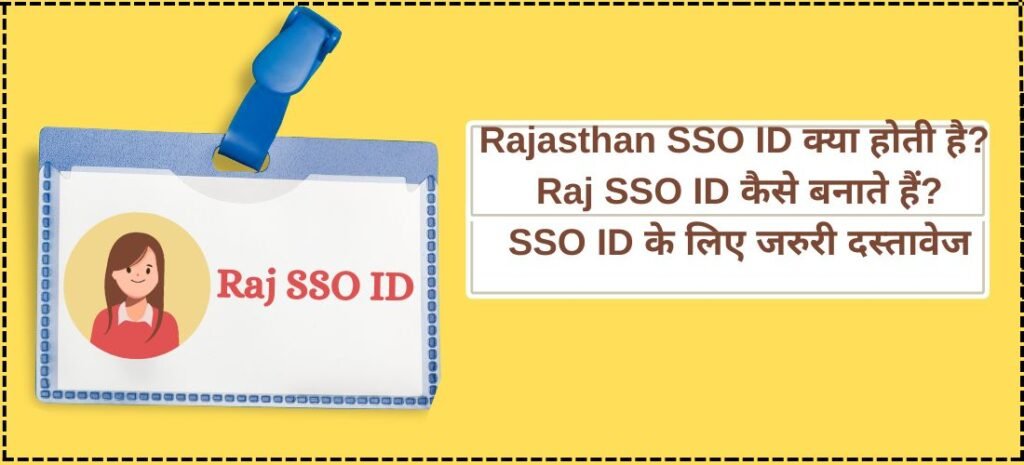
If you are a small businessman or budding entrepreneur in India, managing your GST returns, invoices, and input tax credits will be like managing a part-time job. To counter that, the GST Composition Scheme provides a simplified tax regimen, one created to ease your compliance requirements and let you focus on what matters most: developing your business.
But you might be wondering how you will know if you are eligible for it or not? What tax rates shall apply to you? What is the registration procedure available under this scheme?
This blog explains everything for you – from eligibility and applicable tax rates to the step-by-step registration process. Whether you are a manufacturer, trader, or small-time restaurant owner, this very detailed overview shall help you decide whether the Composition Scheme is for you. Let’s understand this.
Eligibility Criteria for the Composition Scheme in GST
The eligibility criteria show which people can opt for this scheme and which people cannot. But before applying for this scheme, you need to meet these important key conditions.
| Criteria | Requirement |
| Turnover Limit | Up to 1.5 crore rupees in a financial year (75 lakhs are given to special category states like Himachal Pradesh, Sikkim, etc.) |
| Type of Business | Manufacturers, traders, restaurants (those who are not offering and serving any alcohol) |
| Business Location | Intra-state business is only allowed; no interstate sales. |
| GST Registration | Their business must be registered under GST and opt in via FORM CMP-02 |
GST Composition Scheme Turnover Limit
- Manufacturers, Traders, and Restaurants Non-alcoholic (Not serving any alcohol):
- Up to ₹1.5 crore in most states
- In special category states (such as the Northeastern states, Himachal Pradesh, and Uttarakhand), up to ₹75 lakh
- Service Providers (non-restaurant):
- Up to ₹50 lakh across India
NOTE: The company must leave the plan and transition to the standard GST regime if turnover surpasses the annual threshold.
Eligible Types of Business
- Producers and distributors of taxable products (apart from declared products such as tobacco, pan masala, and ice cream).
- Restaurants not serving alcohol.
- Service providers that fall under the ₹50 lakh range (subject to certain restrictions).
Key Conditions
- Solely conducts business in a single state; no supply or sales are made between states.
- The company does not sell its goods through online market platforms like Amazon or Flipkart.
- Not allowed to produce or market excluded products (such as tobacco, pan masala, or ice cream).
- Non-taxable goods (such as alcohol and petroleum) cannot be supplied.
- A casual taxable person or non-resident is not allowed.
- Every company using the same PAN needs to sign up together.
- Compliance Requirements
- GST must be paid out of their revenue; they are unable to collect it from customers.
- GST on purchases becomes a cost; the Input Tax Credit (ITC) cannot be claimed.
- “Composition Taxable Person – not eligible to collect tax on supplies” must be written on invoices.
- Status must be shown on company property and invoices.
People cannot Opt In for the Composition Scheme
The Businesses involved in:
- Inter-state sales (even occasionally)
- E-commerce platforms requiring TCS
- Manufacturing of notified goods (ice cream, pan masala, tobacco)
- Supply of alcohol or petroleum products
- Casual or non-resident taxable persons
Must Read: Navasakam Beneficiary Management Online | Rajasthan Gramin Paryatan Yojana
Steps on How You Can Opt for the GST Composition Scheme
The information below will offer a detailed description of the step-by-step application submission for the GST Composition Scheme:
1) Check Eligibility:
Verify that you fulfill the requirements for eligibility and other crucial requirements.
2) Apply at the Right Time:
- New Businesses: File within 30 days of GST registration.
- Existing Businesses: File by March 31 for the upcoming financial year.
3) Filling in this Form GST CMP-02 is important:
- Enter your login information to access the GST Portal.
- Guide to:
a. Services
b. Registration
c. Application to Opt for Composition Levy.
- GSTIN, business name, and address will auto-populate.
- Select your business category (e.g., manufacturer, trader, service provider).
- Read carefully the composition declaration, check it, and verify that you are qualified and committed to abide by the terms of the scheme; then check the verification checkbox.
4) Select Authorized Signatory & Place:
- From the menu, select the authorized signatory.
- Enter the place of filing.
5) Submit the Form:
- Companies/LLPs: Using DSC connotes Digital Signature Certificate.
- Others: Use EVC or e-signature to fill and submit the form
6) Receive and Recheck Confirmation:
- You’ll get an Acknowledgement Reference Number and confirmation via e-mail/SMS.
- Form GST CMP-03 (acknowledgment) will be issued
- Your GST certificate will reflect the “Composition Taxpayer” status
- To disclose your stock and purchases as of the opt-in date, you must file GST CMP-03 within ninety days of selecting the scheme.
Tax Rate of the Composition Scheme Under GST
The reduced, set tax rates are one of the main advantages of the GST Composition Scheme. Small enterprises only pay a single flat percentage of their turnover rather than complicated GST slabs.
Please have a look at some of the latest GST Composition Scheme tax rates:
| Business Type | GST Rate (Total) | CGST + SGST Split |
| Manufacturers | 1% | 0.5% + 0.5% |
| Traders/Dealers (Goods) | 1% | 0.5% + 0.5% |
| Restaurants (No Alcohol) | 5% | 2.5% + 2.5% |
| Service Providers | 6% | 3% + 3% |
| Mixed Suppliers | 6% | 3% + 3% |
What are the Conditions for Availing the Composition Scheme?
Here are some of the following conditions must be satisfied to opt for the composition scheme:
- A dealer that chooses to use the composition method is not eligible to claim any input tax credits.
- Alcohol and other items not subject to GST taxation cannot be supplied by the merchant.
- For transactions made through the Reverse Charge Mechanism, the taxpayer must pay tax at regular rates.
- A taxable person must register all of their enterprises under the system together or choose to opt out if they have multiple company sectors, including (such as food, textiles, electrical accessories, and many more) under the same PAN.
- The phrase “composition taxable person” must be included by the taxpayer on all notices and signboards that are publicly posted at their place of operation.
- The phrase “composition taxable person” must appear on all of the taxpayer’s bills of supplies.
- A producer or merchant may now provide services up to 10% of sales, or Rs. 5 lakhs, whichever is larger, by the CGST Amendment Act, 2018. This change will take effect on 1 February 2019.
Key Rules & Restrictions for GST Consumption Scheme
- The whole turnover in the state or UT, including taxable, exempt, and export supplies (although exports are prohibited under the scheme), is the basis for taxation.
- GST cannot be collected from clients. Your income is used to pay the tax.
- Purchase expenses cannot be deducted; there is no (ITC) Input Tax Credit permitted.
- The Composition Scheme prohibits interstate sales.
- Eligible parties include e-commerce vendors, casual taxable people, and specific manufacturers (such as those of ice cream and tobacco).
- “Composition Taxable Person, not eligible to collect tax on supplies” must appear on all invoices.
Advantages of the GST Composition Scheme
Here are some of the most important and main advantages of the Composition Scheme for GST, which will help you in a better way:
1) Simpler Compliance:
- Instead of filing three monthly forms, file just one quarterly return form (GSTR-4).
- There’s no need to maintain detailed records at the invoice level.
- Quarterly payments are combined into the annual return form CMP-08.
2) Lower Tax Rates:
- Fixed tax rates: 1% for manufacturers/traders, 5% for restaurants, 6% for services.
- Taxes are based on overall turnover rather than profit.
3) Predictable Cash Flow:
There are no complicated calculations because tax liability is a fixed percentage of revenue.
- Reduced Compliance Costs:
- Less knowledge of accounting is needed.
- Saves money and time when filing GST returns.
- Limited Tax Authority Interaction:
- Lower risk of audits due to simplified filing
Disadvantages of the GST Composition Scheme
- No Input Tax Credit (ITC): This raises the effective cost because it is not possible to claim credit for GST paid on purchases.
- Geographic Restrictions: No interstate sales are permitted; sales are only permitted inside the registered state.
- Loss of B2B Clients: Because they are unable to collect ITC, GST-registered companies steer clear of you.
- E-commerce Ban: Requires TCS and prohibits selling on sites like Amazon or Flipkart.
- Tax on Revenue, Not Profit: Even when a business is losing money or has thin margins, taxes are still paid.
- Growth Ceiling: If sales of goods or restaurants surpass ₹1.5 crore (₹75 lakh in NE/Himachal) or ₹50 lakh for services, the scheme must be terminated.
- Limitations on Invoices: Each bill must state “Composition Taxable Person, not eligible to collect tax.”
- No SEZ Supplies or Exports: SEZ supplies and exports are forbidden.
Must Read: www bmvm bihar gov in | Saur Krishi Ajivika Yojana | Rajasthan SSO ID Login
FAQs about GST Composition Scheme
Q1: Can a business make interstate sales under the GST Composition Scheme?
Ans- No, the Composition Scheme does not permit interstate sales.
Q2: Is input tax credit (ITC) available to composition dealers?
Ans- No, composition dealers cannot claim input tax credit.
Q3: What is the maximum turnover limit for service providers under the Composition Scheme?
Ans- ₹50 lakh is the turnover limit for service providers.
Q4: Can a composition dealer sell through e-commerce platforms like Amazon or Flipkart?
Ans- No, composition dealers are unable to sell on e-commerce sites that need TCS.
Q5: What form must be filed to opt into the Composition Scheme?
Ans- Form GST CMP-02 must be filed to opt into the scheme.


